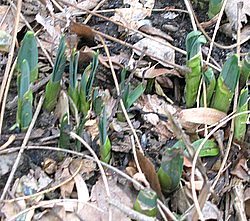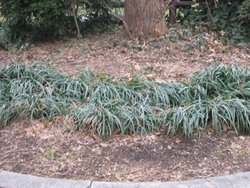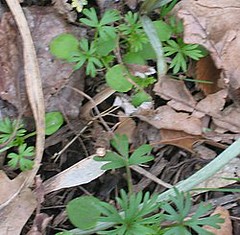Reblooming Iris
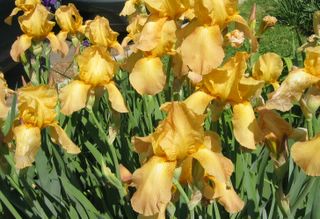
too much of a good thing? (c) 2006 RKnow
The irises are in their glory and Marianne is prodding us to edit the garden. "Too much yellow!" she says, and I have to agree, I love the mustardy flowers but they do dominate at the expense of other tones. And they come and go so fast!
Now I am reading up on reblooming irises. They would help fill the late summer gap, as well as keeping us in the iris theme. Does anyone know an especially good source of reblooming and extended blooming irises? Here's the Reblooming Iris Society and its List of Reblooming Iris 01 and another list with detailed reblooming annotations from master purveyors Sutton's Iris Gardens.
Last night I got into the Schreiner's Iris Gardens catalog. Oh my. Drooling all over the keyboard. As the page says, "Hundreds of varieties of radiant irises for your flower garden." And a half-price sale to boot. I picked out a couple of hundred $$s worth, now to trim back to about 6. I am thinking of getting more very dark ones, to echo off the queen of the night tulips that did so well this year.
Here's Nicholls Gardens Plant Nursery specializing in reblooming irises, and local! Anyone want to go to Gainesville, VA? And ohmyohmy check out that (scroll down for it) butterbowl peony!
For more information about history and culture of reblooming irises, see this Royal Horticultural Society article.






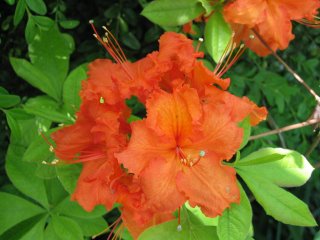


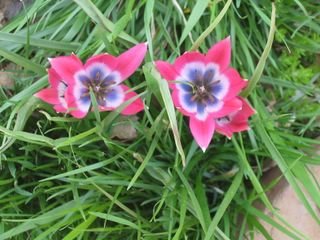

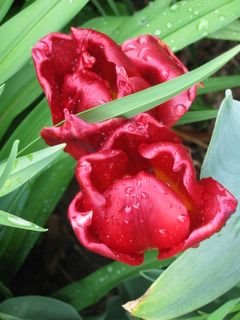
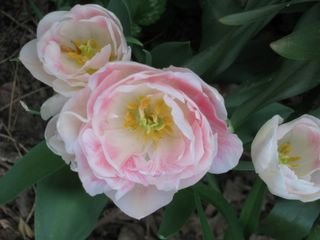


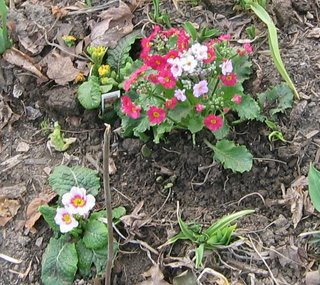
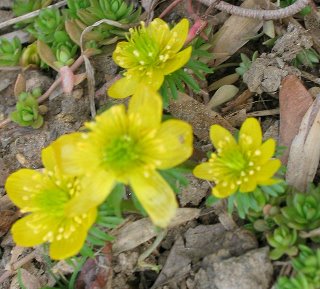



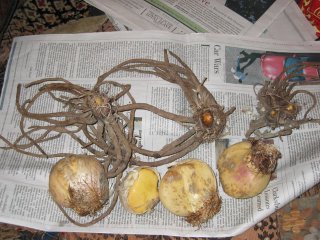







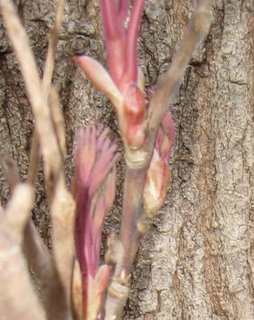

 The Camellia Society of the Potomac Valley Annual Camellia Flower Show and Plant Sale is at the Brookside Gardens, 1800 Glenallen Ave., Wheaton, MD on
The Camellia Society of the Potomac Valley Annual Camellia Flower Show and Plant Sale is at the Brookside Gardens, 1800 Glenallen Ave., Wheaton, MD on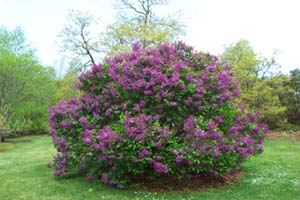

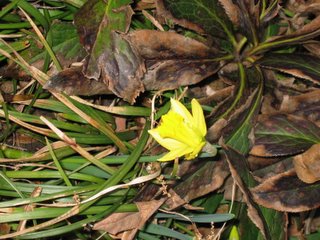 dancing daffodils
dancing daffodils 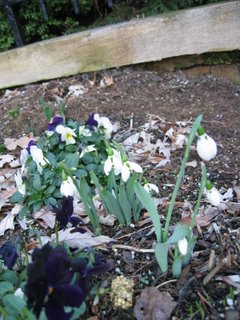 snowdrops waiting for snow
snowdrops waiting for snow 


